SAT Garcia Quintana, Valboa, Spain
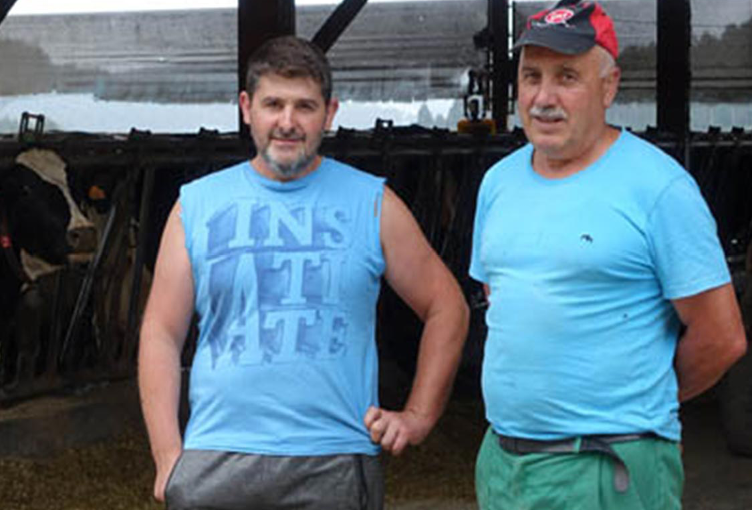
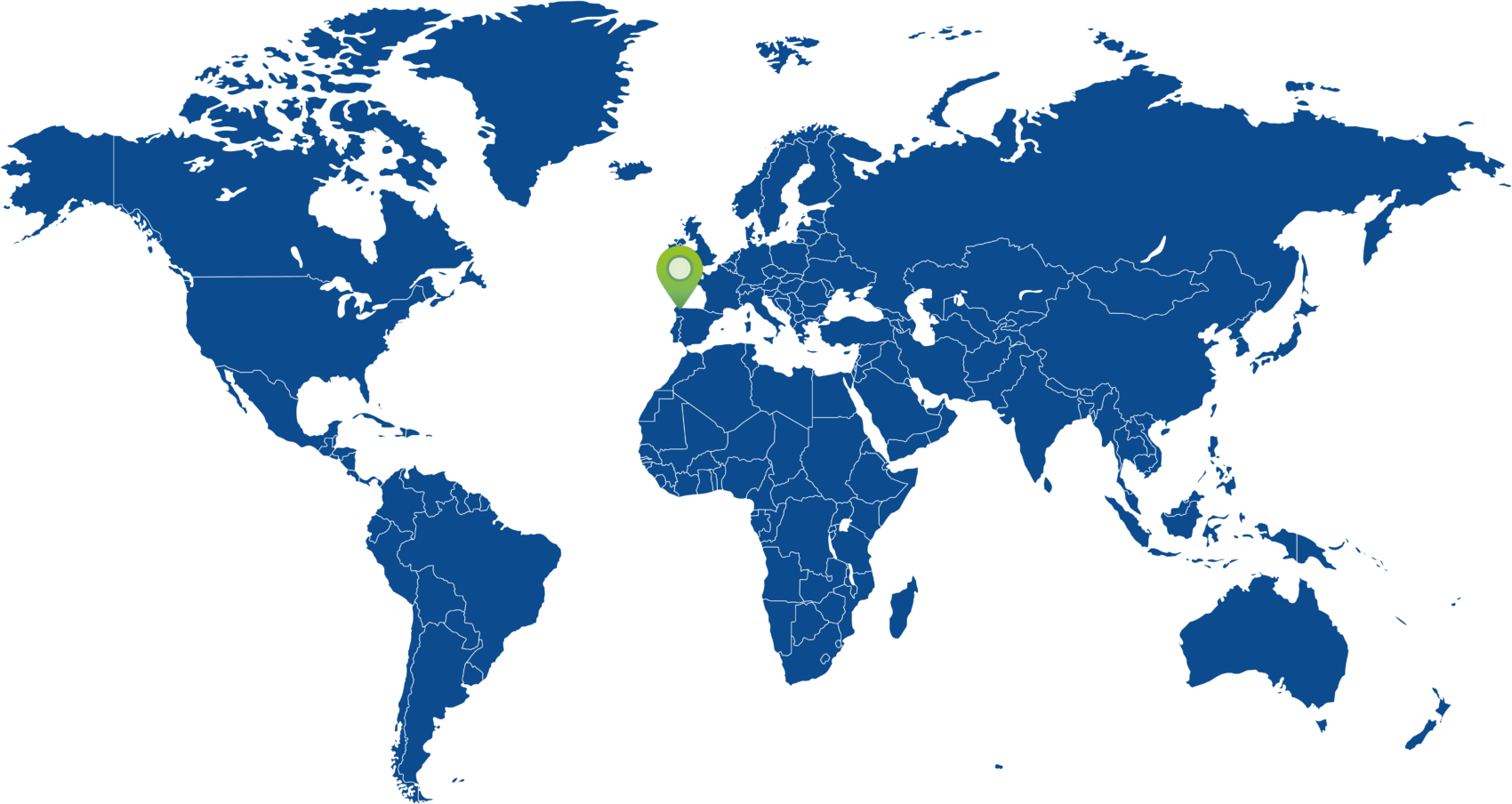
Valboa, Spain
190 dairy cows
UNIFORM-Repro Professional integrated with T4C Lely
Sat García Quintana, how digitization changed the work on their farm
This dairy farm in La Mariña, Lugo, managed by three partner families, experienced a radical change in the management of its herd with the introduction of the UNIFORM-Agri program and two milking robots.
“If somebody told us a few years ago that we were going to have control of the cattle that we achieved today with digitalization, we wouldn’t believe it.” summarizes Paco Oliveros, one of the partners of SAT García Quintana. The dairy, located in Valboa (Trabada, Lugo), faced a substantial change in the past months, with the incorporation of two milking robots and the UNIFORM-Agri program, with which it began to manage the daily work on the farm and the performance of the animals.
We spoke to Paco Oliveros and José Oliveros, who together with their respective wives, Natalia Yañez and María Orozo, manage the 190 milking cows in SAT García Quintana, as well as the dry cows. The other partner couple of the dairy, Antonio García and Berta Quintana, oversee rearing youngstock and heifers. The farm currently milks around 120 cows in the robot and continues to milk another 70 in the parlor, a job that is carried out by Natalia and Maria.
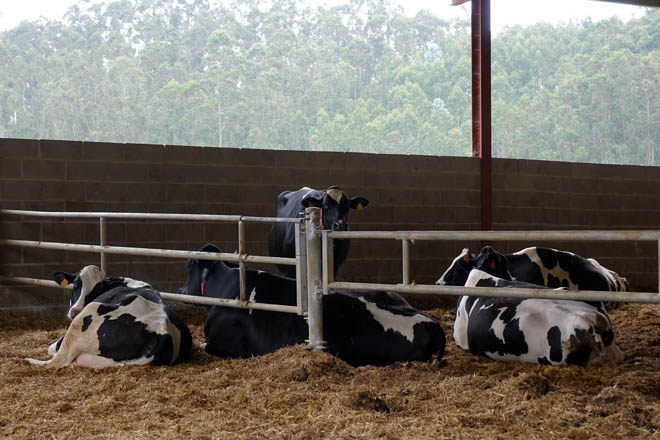
How was the introduction of the robots and the UNIFORM-Agri software?
Paco: We are all in an adaptation phase. We put the first Lely robot in place 8 months ago and we started one month later working with the UNIFORM herd management software, already integrated with the T4C software of the robot. For us the whole digital issue was new and we are still learning, but today, if we were to have all the information we have in the software taken away and we had to go back to the previous situation, it would be a problem.
Many times we talk about the milking in the robot, which is important and it does it well, but what we noticed most on the farm was the data we have now because we were not into that.
José: We did everything by eye, and it was not the same. We have a very open barn, where you can see the animals well, but there are many hours a day when you are not here, and it is impossible for you to notice everything. We were also using more synchronizing protocols, which was an important expense, and today it is not necessary. The advantages of managing the farm with the program are amazing. It makes it much easier to detect heats and problems. At the end of the year, many cows perform better because we have improved the management thanks to the information received.
In which areas did the UNIFORM-Agri program help you to improve your herd management?
Paco: The main things we look at in the program are integrated data from the robots, such as activity, for heat detection, and rumination. Also, the temperature of the milk because it allows you to detect when a cow is going to have a problem. The reports provided by the program make the handling of the animals much easier. For example, if you go to the health attentions list and you see that a cow has decreased her rumination activity, you know that there is a problem with that animal, probably that she is lame.
José: I compare the program with the prevention we have in the barn in terms of cow comfort and cattle handling: having the cows well handled, with good beds, hygiene in barn, good access to food and water, etc. The program is another part that can help a lot in improving the management of the animals.
How do you organize your work with the program now?
Paco: Early in the morning, when I arrive at the farm I can see in the program’s dashboard the coming calvings, dry offs and heats that were during the night. These are the things we use the most in the day-to-day and then, when we have time, we analyze data and information. We can easily spend a couple of hours looking at data and not even realize it. The program also has a task list feature, which is useful, for example, when you have to apply treatments because it pops up an alert of that task, but since we are not treating hardly anything, it is something we do not use.
Jose: If anyone told me years ago that we were going to be milking 190 cows and not throwing away a liter of milk, I would say it was impossible. To achieve that you must be aware of many things, have good maintenance of all facilities and the cows’ beds full of sand. It is more a matter of prevention than work because, to tell the truth, I walk about 15 kilometers a day, but I don’t do any physical work, I don’t lift weight. I do everything with machinery and the program is another element that helps me to control the farm better. I come in and check up on everything. A dairy farm moves a lot of volumes, but the small details are where you will notice the difference. Taking care of things is the basis of everything.
What do you use more, UNIFORM on the PC or the UNIFORM App?
Paco: Almost everything on the phone because it’s very comfortable. If I’m in the backyard, I can enter the data directly with the app, as I do all the daily work, such as drying off cows, inseminations, etc. The only thing I do on the computer are things related with the Vet Check List and cullings, because in these situations I usually need to enter more data. I have been more in charge of the program and I currently use it more, but Jose is also being trained with it.
José: I am starting to use UNIFORM more. Older people like me find it more difficult to use computers, but this is the future, there is no turning back. Whoever wants to continue in the dairy sector, from a herd of 30 cows on, should be digitalized.
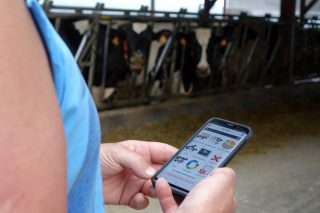
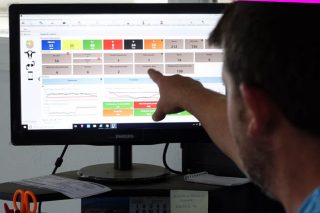
Why did you decide to start using UNIFORM software?
Paco: The one who pushed us to introduce it was our vet from Serivet, Juanjo. At the beginning, we had installed the robot and we had enough to adapt to it, but we decided to move one step forward and install the herd management software too. Truth is, it was a good decision.
In the UNIFORM program you have everything that happens on the farm. You can compare everything, from bull fertility, calving data, health and welfare data, milk production data… It makes it easier for us to make decisions. It helps us on day-to-day decisions, like which bull’s semen to use in services, or it shows that a cow, which we thought was good, it is not that good, because looking at the milk production data we realize it’s not what we thought. It allows us to make decisions faster; we anticipate decisions.
How would you define in a few words the advantages of the program?
Paco: It is very useful; it makes the work much easier and it is profitable.
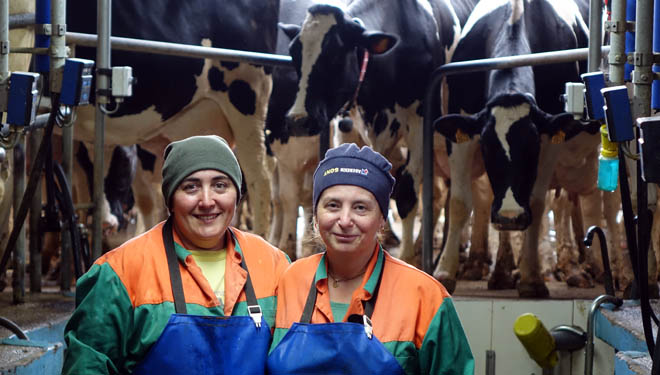
A BIT MORE ABOUT THE FARM
Teamwork and Partnership
Paco and Jose started a partnership including their farms about 16 years ago to improve their life quality. Five years ago, they joined up with another farm with the same idea of improving in the future and distributing the daily work better. SAT García Quintana now has six people working daily: Antonio and Berta, who are in charge of youngstock and heifers; María and Natalia, who are in charge of milking the cows in the parlor; Paco, who is in charge of the land work; and José, who is in charge of the daily maintenance in the farm (animal feeding, bedding, etc). The dairy is part of CLUN Coop, one of the biggest Coops in Galicia (Northwest of Spain). The cooperative provides feed to the farm.
Land Management
The farm manages over 60 hectares, of which the vast majority, some 55 hectares, are under corn and ryegrass rotation. “We have to work the land very intensively because there is lack of good agricultural land in this area,” explains Paco Oliveros. “To be self-sufficient for feed, in our case we would need another 15 or 20 hectares. In the current situation, we must buy around 400-500 tons of corn every year. We also acquire alfalfa and some straw”.
“In our area there is a lack of surface and comfortable surface to work, because most of the available lands for agriculture are small and with big unevenness. This is the problem we have”, says José Oliveros. “There may be land available, but it’s far away, so we have to discard them. Land should be near the barn”.
All the agricultural work, except for the corn harvest, is done by farmers themselves. It is a decision they made because of the lack of labor in the region. There is the possibility of working with service companies, but to optimize the feed production, they prefer to take care of the work themselves.
Milk Production
The dairy sells around 7,400 liters of milk per day. The average production of the farm is around 42 liters per cow. The animals are divided into three groups: one of high production in the robot with an average of three milkings per day and 48-50 liters of production per cow per day; another robot group of first lactation cows with an average production of 38 liters per cow per day; and a third group that is milked twice a day in the parlor.
Genetics
About milk quality, SAT García Quintana is around 3.30% protein, 3.75% fat and less than 100,000 avg. somatic cell count. “When it comes to breeding cows, we look at bulls positive for fat and protein, but these are not aspects we are focusing on. What we look at most in genetics is udder placement and milking speed. When you visit farms with robots, you notice that there are cows that spend twice as much time as others on the robot, so this is an important issue for us,” says Paco.
The farm is also selecting A2A2 bulls, as it understands that this is a milk with market prospects in the future.
This testimony was published in the online magazine Campo Galego in July 2019.


